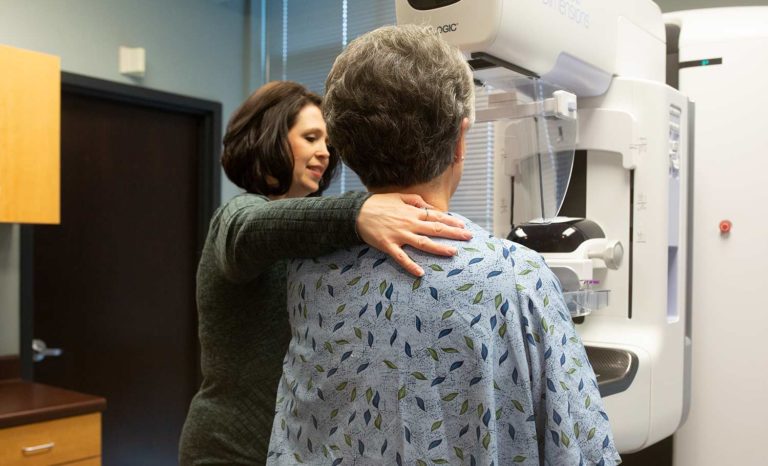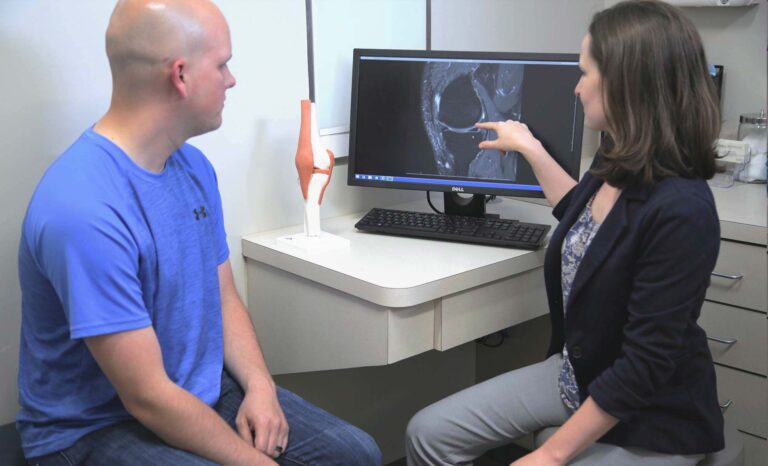When I started my OBGYN practice in the Tri-Cities in 1996, I saw most of my patients yearly. Many of them scheduled their well-woman exam at the same time each year.
That started to change in 2012, when the guidelines for Pap smears were updated. Annual Pap tests are no longer recommended for most women. So, many women think they don’t need an annual well-woman exam, either. But that is not true. Here are the truths about some common misconceptions:
Myth: I don’t need a well-woman exam if I don’t need a Pap smear.
Truth: A well-woman exam is so much more than just the Pap test! Yearly well-woman exams are the most important way for women to receive screenings and education specific to their unique needs. Even if you are not due for a Pap test, you should still see your OB-GYN every year.
Myth: I feel fine, so I don’t need a well-woman exam.
Truth: Many conditions that affect women’s health—including cervical and breast cancer—can exist without any signs or symptoms. A yearly well-woman exam is still the best way to catch any unseen problems before they cause bigger problems to your overall health.
Myth: A Pap test is the same thing as a pelvic exam.
Truth: These are often confused. But they are two very different exams that are done for very different reasons. A Pap test can detect cervical cancer. A pelvic exam checks for other problems.
Pap or Pelvic Exam: Which Do You Need?
The Pap smear is a test that checks for cancer cells or pre-cancer cells in the cervix. It can also be used to check for certain infections and HPV. HPV is short for human papillomavirus, a virus that can cause cervical cancer to develop.
Finding those things early is critical. Depending on a woman’s age and other factors, Pap screenings are recommended every three to five years for women between the ages of 21 and 65. The Pap test has helped reduce cervical cancer from the deadliest women’s cancer in the country in the 1930s to not even ranking in the top six today.
While the Pap test is vital for catching cervical cancer, it does not screen for problems with the ovaries or uterus. That is why a pelvic exam is important.
During a pelvic exam, your provider feels your organs to check for any changes that could cause problems. The pelvic exam is a physical exam that women should have every year as part of a well-woman visit.
Your Guide to a Well-Woman Exam
OBGYNs are trained to care for women from when they are teenagers through older age. We understand how a woman’s healthcare needs change over time. One reason we do so much during a well-woman exam is because many conditions that affect women’s health don’t always have big warning signs or symptoms.
We always start a well-woman exam by talking to the patient about how she has felt over the last year. We want to know if there are lifestyle changes that concern her or if there is anything she’d like to talk about.
We also discuss things like:
- Staying healthy while trying to grow a family
- Period issues
- Breast changes
- Birth control
- Pelvic pain
- Bladder control problems
- Medication changes
We make sure to perform breast and pelvic exams. We also talk to patients about scheduling other covered screenings, such as mammograms for breast cancer. Pap smears are only done as needed based on the woman’s age, risk factors, and any issues she may have.
Schedule Your Well-Woman Exam Every Year
Even if you have already scheduled your annual physical with your Holston Medical Group primary care provider, all women over age 21 should add a well-woman exam to their calendar every year.
HMG has three Seasons For You centers in the Tri-Cities area: Kingsport, Bristol, and Abingdon. We are accepting new patients, and our center was the first in the Tri-Cities area to have a team member certified by The North American Menopause Society.
OB-GYNs specialize in the distinct healthcare needs that women face. An annual well-woman visit is a great way to take care of your overall health and well-being.









